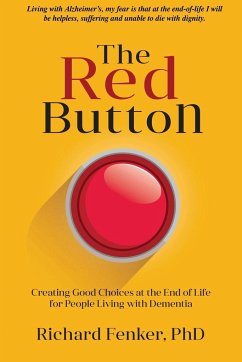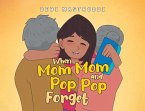This book is a guide to help people living with dementia (and their families) make good choices about the end of life. The quality of life in the late stages of Alzheimer's and other dementias can be greatly diminished by many factors. The concept of "pain and suffering" during these stages is not well understood and often not acknowledged by family or other caregivers. Only 11% of people with dementia currently receive hospice care at the end of life. Why? Because hospice requires that the individual be mentally competent to initiate the process (which is not possible) or for family members to initiate it (which most are reluctant to do). Options for an assisted death, even when legal, are still more limited. Yet, when asked, in the early stages of dementia, as part of the process of creating medical directives, many people would choose the option of an assisted death (if available) versus continuing to live --- if they were in a vegetative state or other condition where mental functioning is extremely limited and family or friends are no longer recognized. The RED BUTTON discusses the options associated with hospice and assisted death for people with dementia and also how they might communicate, even in the late stages, their degree of pain and suffering to caregivers. Creating good choices at the end of life depends on two things: 1) Making key decisions through medical directives and conversations with loved ones in the EARLY stages of dementia; and, 2) Defining personal boundaries for the quality of life in the later stages of dementia. The RED BUTTON suggests some guidelines here that are commonly used to measure life quality for the elderly in hospitals, homes and other settings. Hidden behind the mask of dementia-related behaviors and the inability to communicate, is an anguished cry for help as options for meaningful living disappear. The RED BUTTON is a tiny step in the direction of giving this population a voice.







